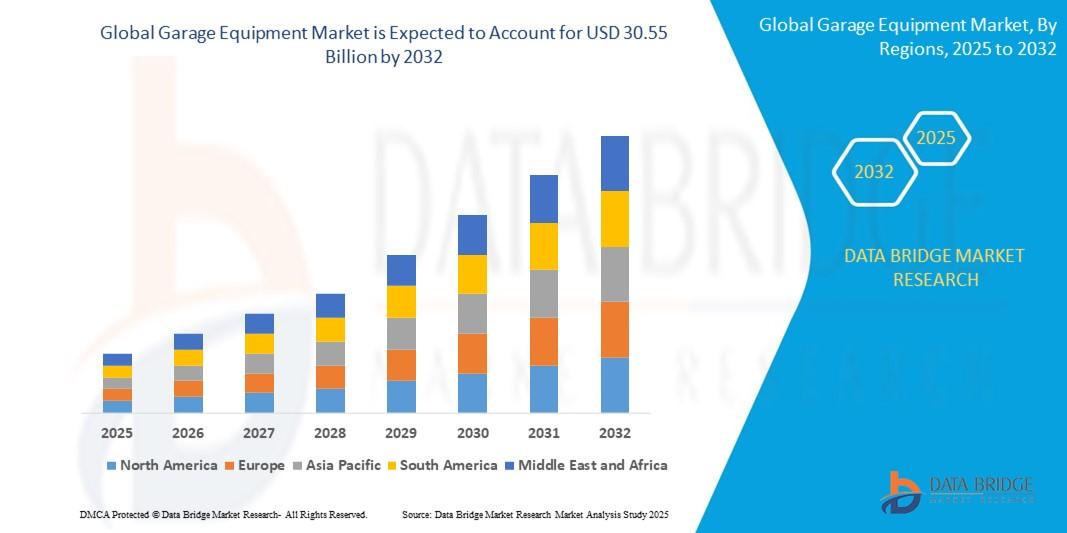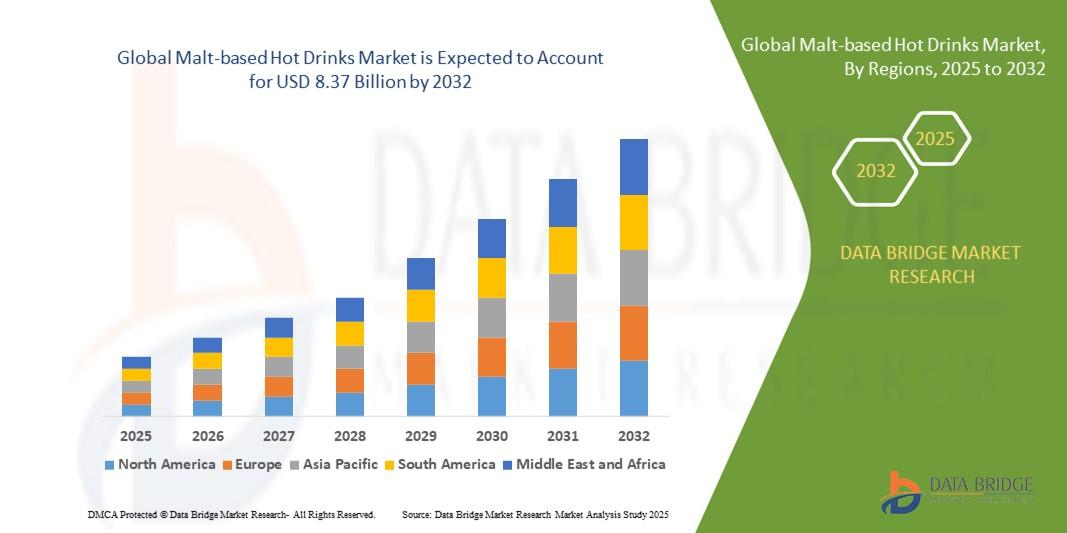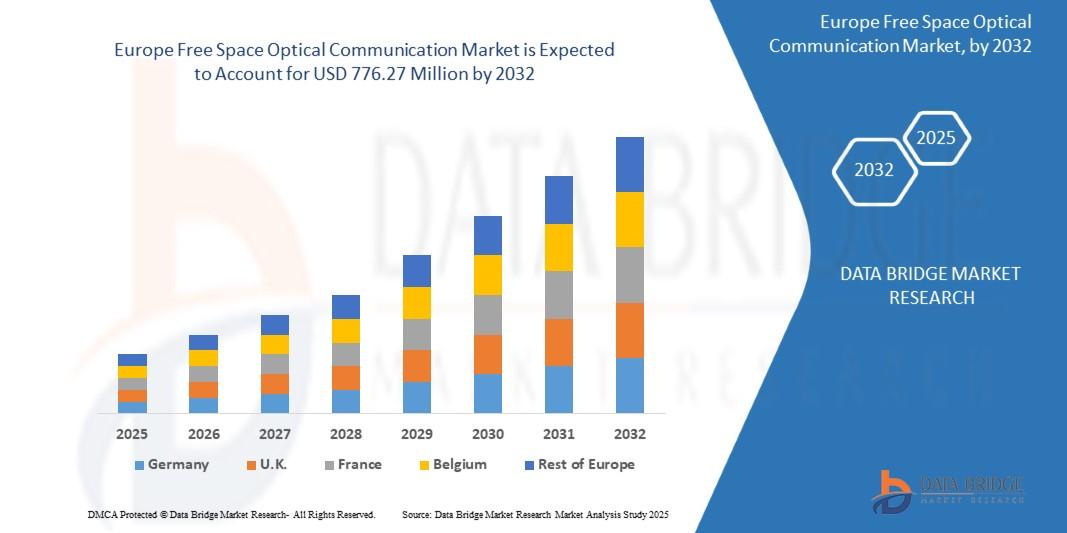Unlocking the Potential of the Blood Culture Test Market: Key Insights into Market Size and Share
Market overview
The blood culture test market size was valued at USD 6.66 billion in 2024, exhibiting a CAGR of 12.2% during 2025–2034.
Blood culture testing detects and identifies pathogens in blood samples and guides timely antimicrobial therapy. Traditional culture methods combined with modern automated incubation/detection systems, rapid microbial identification (ID) platforms, and molecular assays now form a multi-tiered diagnostic pathway that shortens time-to-result and improves clinical outcomes. Key market drivers include rising sepsis prevalence, global initiatives to curtail antimicrobial resistance by enabling targeted therapy, and investments in hospital diagnostic capacity. At the same time, challenges such as pre-analytical contamination, variability in testing protocols, and cost pressures for advanced platforms remain important considerations for laboratories and healthcare systems.
Market scope
The scope of the blood culture test market spans products, services, and supporting technologies across clinical and reference laboratories, hospitals, and point-of-care settings. Key scope elements include:
- Product Types: Automated blood culture systems, culture media and bottles, rapid identification assays (including MALDI-TOF and PCR-based tests), antimicrobial susceptibility testing (AST) solutions, and consumables.
- End Users: Tertiary care hospitals, community hospitals, clinical and reference laboratories, diagnostic service providers, and research institutions.
- Geographies: Global coverage with analysis across the Americas, Europe, Asia Pacific, Middle East & Africa.
- Workflow Integration: From sample collection and incubation to pathogen ID and susceptibility reporting — including software and middleware that integrate results into laboratory information systems (LIS) and electronic health records (EHR).
Key market growth drivers
- Sepsis and Infectious Disease Burden: Rising global incidence of sepsis and other bloodstream infections increases demand for reliable diagnostic testing to reduce mortality and improve antibiotic stewardship.
- Focus on Antimicrobial Stewardship: Global and national programs to reduce inappropriate antibiotic use are driving adoption of diagnostics that enable rapid, targeted therapy.
- Technological Innovation: Advances in automated detection systems, rapid ID platforms (e.g., mass spectrometry and molecular assays), and integrated workflows reduce time-to-result and drive replacement purchases and new laboratory installations.
- Expansion of Diagnostic Infrastructure: Growth in hospital capacity and laboratory networks—particularly in emerging markets—expands the addressable market for blood culture solutions.
Market challenges
- Pre-analytical Errors and Contamination: Blood culture contamination remains a persistent challenge, impacting test accuracy, increasing costs, and complicating clinical decisions.
- Cost Constraints: High upfront cost of advanced automated systems and rapid molecular platforms limits adoption in resource-constrained settings.
- Regulatory and Reimbursement Environment: Complex regulatory approvals and variable reimbursement policies across regions can slow the commercialization of novel assays.
- Workflow Fragmentation: Many laboratories operate with heterogeneous instruments and manual steps, making standardization and integration difficult.
Market opportunities
- Rapid and Point-of-Care Testing: Development and commercialization of rapid molecular assays or near-patient platforms that can deliver actionable results within hours present a major growth opportunity, especially for emergency and critical care settings.
- Integrated Diagnostics & Data Analytics: Software solutions and middleware that integrate culture results with molecular ID, AST, and hospital data to provide decision support will be increasingly valuable for antimicrobial stewardship programs.
- Emerging Market Penetration: Expanding laboratory networks and increased healthcare spending in Asia Pacific, Latin America and parts of Africa present significant untapped demand for both basic and advanced blood culture solutions.
- Consumables and Service Models: Recurring revenue from culture bottles, media, and service contracts represents a stable growth channel; innovative business models such as reagent rental or managed services can lower entry barriers for smaller facilities.
Browse Full Insights:
https://www.polarismarketresearch.com/industry-analysis/blood-culture-test-market
Regional analysis
Americas (North & South America): The Americas remain a leading market driven by high healthcare expenditure, widespread adoption of automated systems, established laboratory networks, and strong emphasis on sepsis protocols and antimicrobial stewardship. The United States represents the largest national market with continued spending on rapid diagnostics and hospital laboratory modernization.
Europe: Europe shows steady demand supported by organized public health initiatives to combat AMR, coupled with reimbursement frameworks that increasingly recognize the value of rapid diagnostics. Western Europe leads in adoption of advanced platforms; Central and Eastern Europe are areas for incremental growth as infrastructure investments increase.
Asia Pacific: Asia Pacific is one of the fastest-growing regions due to expanding hospital infrastructure, rising infectious disease awareness, and increasing investments in laboratory capabilities. Countries across Southeast Asia, South Asia, and China offer significant growth potential as hospitals upgrade from manual methods to automated systems.
Middle East & Africa: Growth in this region is driven largely by increasing healthcare access, investment in tertiary care centers, and donor-supported laboratory development programs. Cost sensitivity necessitates tailored product offerings and service models focused on affordability and durability.
List of Key Companies
- Abbott Laboratories
- Becton, Dickinson and Company (BD)
- bioMérieux SA
- Bruker Corporation
- DiaSorin S.p.A.
- F. Hoffmann-La Roche Ltd.
- Grifols S.A.
- Radiometer Medical ApS
- Synlab Group
- T2 Biosystems Inc.
- Thermo Fisher Scientific Inc.
Clinical and economic impact
Rapid and accurate blood culture testing shortens time to diagnosis and appropriate therapy, which in turn reduces length of hospital stay, lowers intensive care utilization, and improves patient survival in severe infections. Hospitals and health systems recognize diagnostics as a cost-effective intervention when combined with stewardship programs that reduce unnecessary antimicrobial use and downstream complications. Continued clinical validation and health-economic studies demonstrating these benefits will accelerate procurement decisions.
Outlook and trends
Looking ahead, the market will be shaped by convergence between culture-based methods and rapid molecular technologies. Hybrid laboratory models that combine the sensitivity of enrichment culture with the speed of molecular ID and AST will gain traction. Investments in automation and interoperability will remain a priority as laboratories seek to reduce manual steps, decrease contamination rates, and deliver faster, standardized results. In parallel, tailored strategies for emerging regions — including lower-cost consumables, robust service networks, and training programs — will be essential to unlock broader market adoption.
Conclusion
The global Blood Culture Test market is positioned for steady, sustained growth supported by unmet clinical needs in infectious disease diagnosis and antimicrobial stewardship. Innovation in rapid testing, integrated laboratory workflows, and strategic market expansion into emerging regions will drive the next wave of adoption. Stakeholders across industry, clinical labs, and healthcare systems are navigating the balance between performance, speed, and cost — and those who successfully align technology with clinical pathways and stewardship objectives are likely to lead in market share and impact.
More Trending Latest Reports By Polaris Market Research:
Targeted Protein Degradation Market
North America and Europe Open RAN Market
Data Center Containment Market




